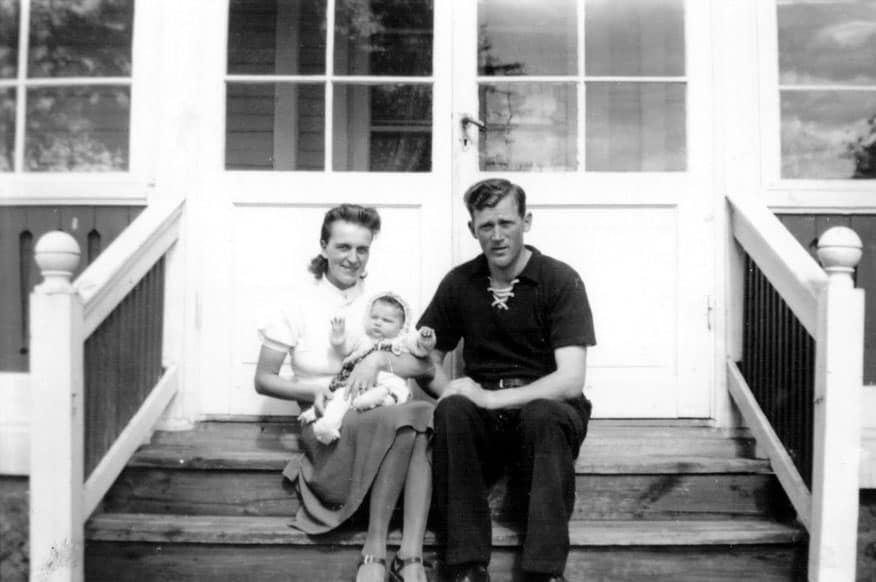The history of Fjäderholmarna
Fjäderholmarna has been a member of the Royal Djurgårdens Förvaltning since 1982 and is today one of the most popular excursion destinations in Stockholm’s vicinity and is part of the National City Park. Read more on Fjäderholmarna’s website.
Today there are several taverns, craftsmen and shops. In addition, there is a museum for archipelago boats, a brewery, chocolate making with shop and boules. In Midsummer it is traditionally Midsummer celebration on the island and in August the Foodstock Food Festival is organized. The island’s operations are open from May to September and then the island is served by boats from Slussen and Nybrokajen (via Nacka Strand).
A little history about Fjäderholmarna and Röda Villan
Fjäderholmarna has a long restaurant history. At the end of the 17th century there was “Fjäderholms krog” which was located on Stora Fjäderholmen. Here, fishermen and archipelago residents have stopped to eat and drink after having sold their goods in Stockholm. Throughout history, the importance of the islands has varied. In the 1860s, for example, Thirty people living in Fjäderholmarna and the islets now began to become popular excursion destinations. With the “brandy king” L O Smith’s sale of spirits on Fjäderholmarna during the 1870s, the Stockholmers traveled to the islands to buy spirits.
Carl August Andersson, also known as “Tegel-Anders”, wrote an important chapter in the history of Fjäderholmarna and not least for the Red Villan.
Carl August Anderson was the one who built the Red Villa
He was the one who built the Red Villa and a large number of other buildings on Fjäderholmarna. He made sure that the restaurant business in Fjäderholmarna became a well-known concept for all Stockholmers. In 1890, “Tegel-Anders” was granted permission by the Lidingö Municipal Board to run the so-called. “Cellar movement” at Stora Fjäderholmen and the following year he was allowed to run “Wärdshus and Schweizerirörelse”. In 1895 he moved with his wife and three children to Fjäderholmarna from Stockholm.
For eight years, Tegel-Anders made every effort to make Fjäderholmarna attractive to Stockholmers. Tegel-Anders renovated and built the old restaurant premises on the island and during his years as a pub the number of visitors increased from 10,000 to 35,000 / year.

Constructions
Tegel-Anders then built it cracked; several outbuildings, laundry, bathhouse with two pools, two skating rinks, several so-called sledges, greenhouses, he built stairs & bridges and built the Yellow Villa, also called the “Doctor’s villa”, next to the old oak “Jenny Lind’s oak”. Today, only oak remains on the site. The only building that remains today of the buildings that Tegel-Anders erected is the Red Villa, which was completed in 1897. It was built to be rented out as a summer fun and was originally green painted!
Unfortunately, Tegel-Anders invested a lot of money and energy in converting the “Danielssonska view tower” into a restaurant layout; the famous Bellevue, which was a restaurant with seating for 700-800 guests! Unfortunately, this money ran out with this project and Tegel-Anders went bankrupt in 1898.
Housing for families in the Navy
Between 1918 and 1976, the Fjäderholmarna belonged to the Navy and during this period there were special restrictions on the islands, such as for example. landing prohibition. The Red Villa now became a private residence for families who worked for the Navy. At most, three families lived in the house at the same time!
For the residents of the islands, life was quite special and so were the children. In 1982, Fjäderholmarna was transferred to the Royal Djurgårdens Förvaltning which took over responsibility and after extensive renovation work, Stora Fjäderholmen could be opened with restaurants, cafes, craftsmen, museums, guest harbor and more.

– Fjäderholmarna
The 2020 season opens May 1st.
In May we be open
11: 00-18: 00
longer opening hours when booking for larger parties.
From mid-June open until 10 pm
Opening hours may vary depending on the weather.
